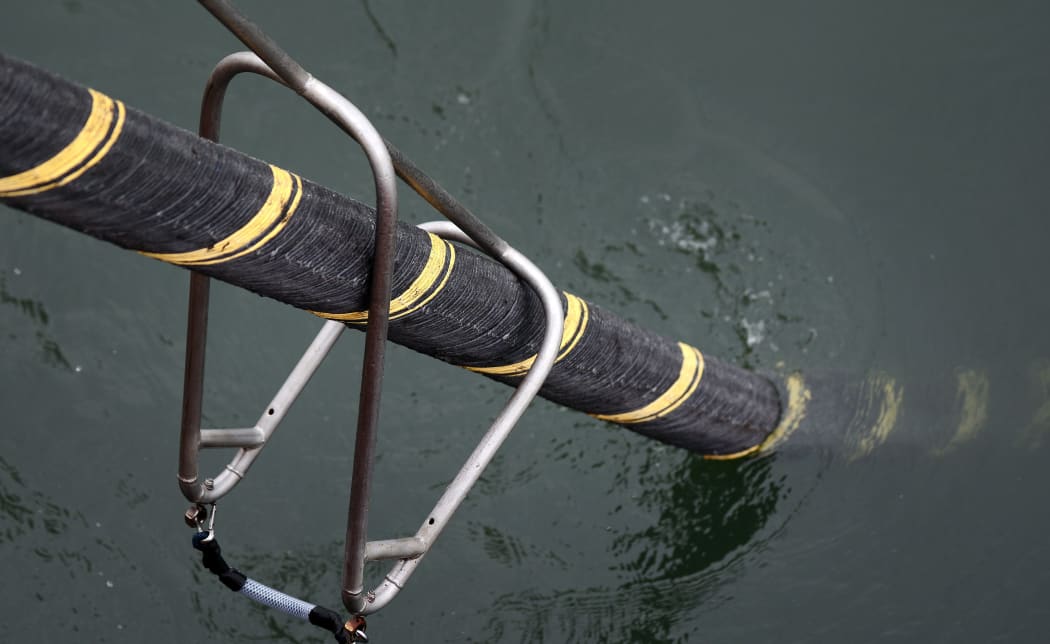New Zealand is to get a second undersea cable link to the United States, with the backers of the Hawaiki internet cable saying they have secured the money to go ahead with the project.

The 14,000km cable should be up and running by mid-2018. Photo: AFP
The cable will link New Zealand, the United States via Hawaii, and Australia, and would compete directly with the Southern Cross cable, which is half owned by Spark.
It is expected to cost around $500 million through a mixture of equity and debt, and be finished by mid-2018.
The project has been around for several years and had struggled to get money and customers.
However, telecommunications investor Malcolm Dick is now backing the project, which has been led by Dunedin businessman Sir Eion Edgar and Queenstown-based Remi Galasso.
Sir Eion said the project will be financially viable.
"We've signed four, of which the only one we can disclose is REANZ (Research and Educational Advanced Network New Zealand), but we have another 15 who are keen to talk to us.
"The demand for connectivity is increasing by such a rate that we think that we are being very realistic in our forecasts."
Mr Dick said internet users should benefit from a second cable.
"Having built telco businesses in both Australia and New Zealand in the past, I am very aware of the need to provide competition by being independent of the incumbent operators.
"This increased level of competition and capacity should make data caps a thing of the past."
InternetNZ chief executive Jordan Carter agreed, saying it also provided more secure internet access if there was a glitch on the Southern Cross cable.
"Over time, the Hawaiki cable should lead to more bandwidth, at cheaper prices, and with more security in supply."
Telecommunications research company IDC manager Peter Wise said it provided a useful backup in telecommunications infrastructure as more and more people move to fibre and use technology such as Netflix.
"It provides a lot more infrastructure if it goes ahead, essentially to back up the UFB (ultra fast broadband) roll out that's been happening nationally.
"So, the more backhaul connections to the US and Australia, all the better."
The project's backers say it should make data caps redundant.
But earlier this year, questions had already been raised about the need for another trans-Pacific cable.
Peter Wise from the telecommunications research company IDC is also questioning its commercial viability saying the success of the $500 million project would come down to Hawaiki signing up enough customers to make it pay its way.
"It's great if it happens, I think there's still question marks over the business case, whether it will make money, but it will be a very long business case, you know over 10 - 20 years I suspect."
Spark, Telstra and Vodafone are already laying a new cable across the Tasman.
At a telecommunications industry forum in Auckland in February, Vodafone chief executive Russell Stanners said this would cater for the real growth in New Zealand's usage.


